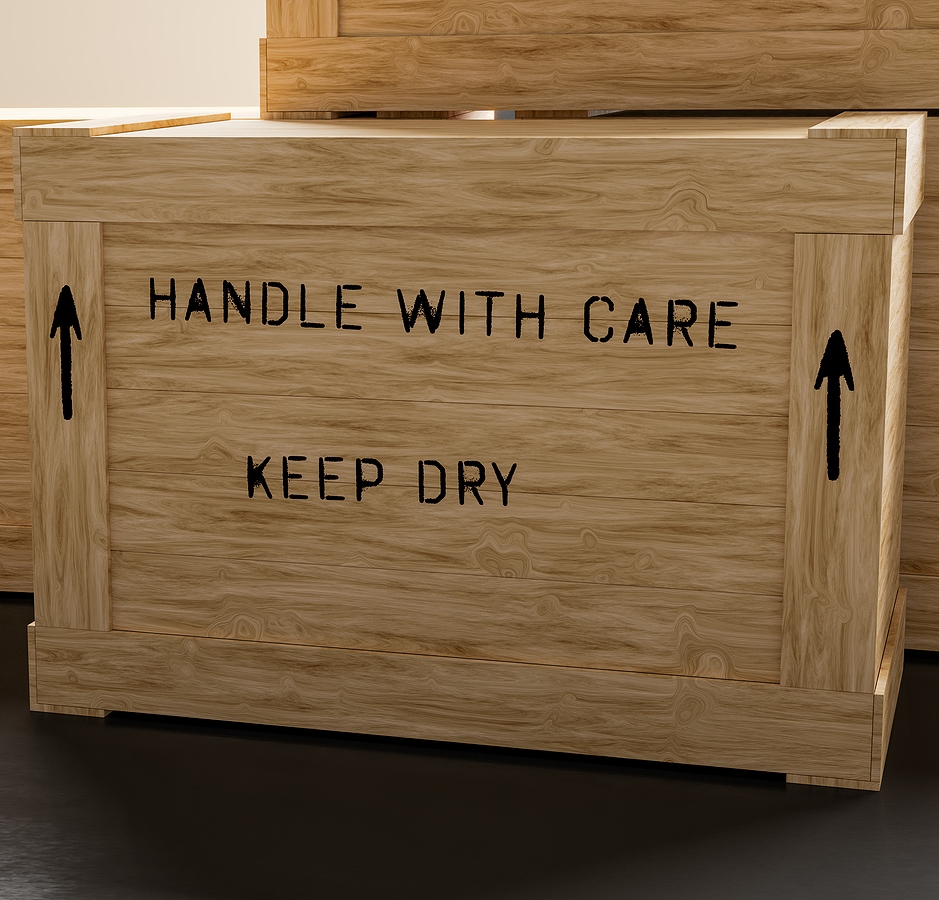When it comes to art storage, no one is completely safe from the risks that come with it. There is no universal recipe for storing artwork and antiques because each piece is unique and has to be treated as such. This is why art handlers who work at professional art storage companies have to go through years of professional training and learning to effectively provide services to their clients. However, there are some rules applicable to all items in storage. Here are three hazards that can cause severe damage to any piece.
Specialized Art Storage Companies Must Avoid These Three Hazards
Dust
Dust is everywhere and almost unavoidable, especially in spaces where a bunch of items are kept together. In art storage facilities, dust is not just an annoying inconvenience. In some cases, it can ruin the integrity of expensive and valuable artifacts and works of art. Dust is acidic and abrasive, meaning it can seriously damage certain pieces prone to attracting dust. To reduce dust accumulation, art storage units have to be regularly vacuumed under the supervision of a fine art specialist. In addition, tools like feather dusters and wet cloths must never be brought into a storage space. To prevent dust from settling on top of valuables in the first place, they can be covered with materials like glassine or tissue paper, or acid-free art plastic.
Acids
Oxidation is one of the art conservator's worst enemies. It can be caused not just by air but almost anything that comes in contact with a fragile work of art. All objects in the world, unless stated otherwise by their manufacturers, contain acids, and introducing them to a work of art can lead to accelerated aging. Any wooden shelves or cabinets used for storage of artwork, antiques, and other valuables should be covered by special varnish or paint. In addition, acid-free materials like glassine paper and art plastic are used to prepare objects for storage.
Mold
Mold is a fungus that usually appears in humid spaces. In specialized fine art storage spaces, humidity and temperature are always maintained within the range approved by industry standards. Mold can be highly damaging to fragile works of art, so all art storage units are closely monitored for humidity and temperature levels. In addition, rust formation and insects can thrive in highly humid spaces. In general, relative humidity above 70% is considered too high as it can promote mold growth.
Because maintaining specific conditions for fine art storage is crucial, we recommend that you entrust the safekeeping of your valuable collection to professional art storage companies only.
